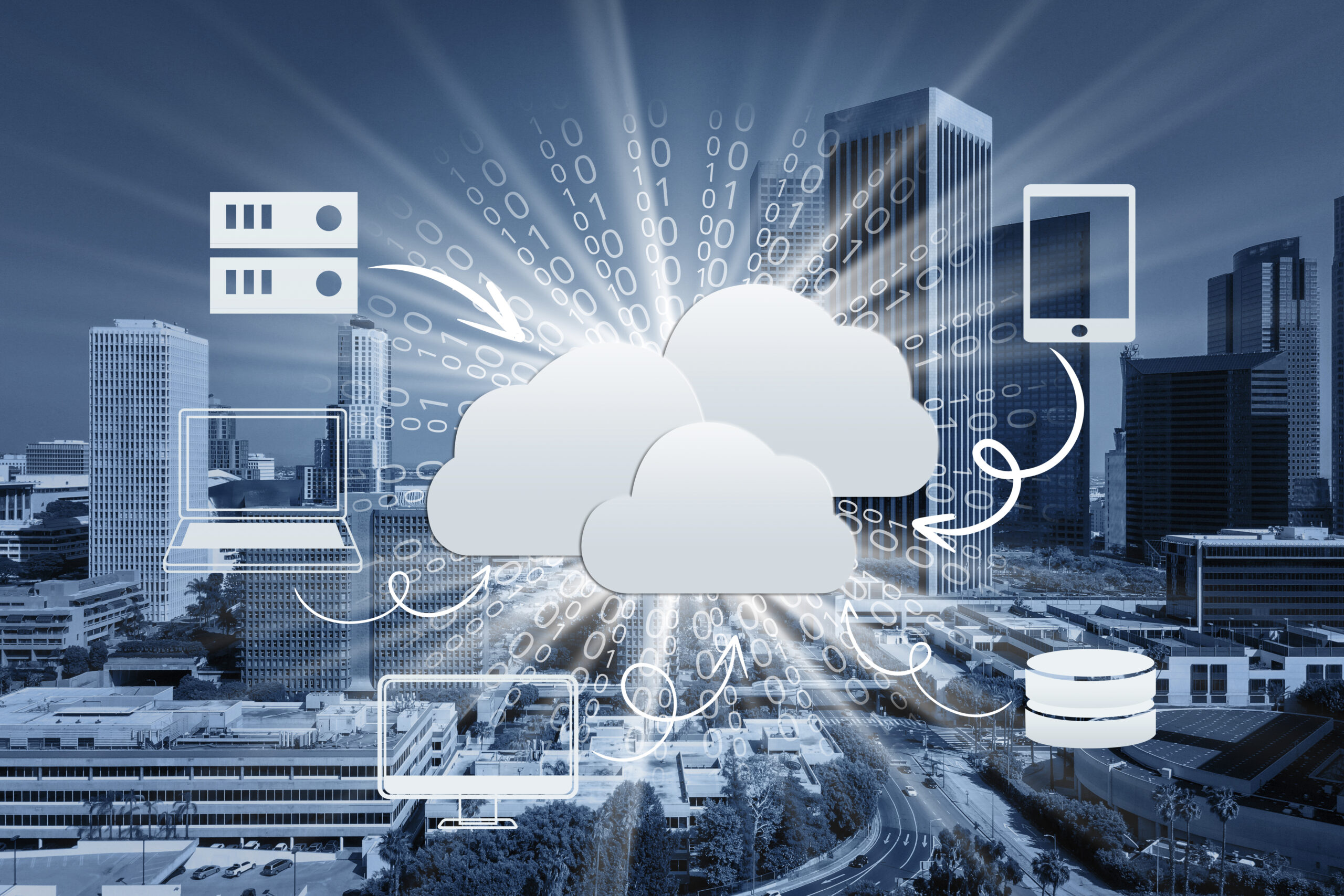Securing cloud-based applications has become one of the most critical aspects of modern enterprise IT architecture. As organizations migrate workloads to public, private, or hybrid clouds, the security posture of these applications must evolve to match the increasingly sophisticated threat landscape. Comprehensive security for cloud applications involves a multi-layered approach that begins with infrastructure and extends through data, identity, interfaces, and policy.
Identity and Access Management (IAM)
Effective identity and access management (IAM) forms the foundation of any cloud security strategy. IAM controls determine who can access which resources, under what conditions, and with what permissions. In cloud-native environments, IAM must be granular, scalable, and centrally managed to mitigate risks associated with overprivileged users and lateral movement in the event of a breach.
Modern IAM practices go beyond simple role-based access control (RBAC). Organizations are adopting attribute-based access control (ABAC), which evaluates access decisions based on multiple variables such as user attributes, resource types, device posture, geolocation, and time of day. This allows for context-aware access decisions that reflect dynamic security needs.
Federated identity using SAML, OpenID Connect, or OAuth 2.0 enables seamless integration with enterprise directories and identity providers (IdPs), while supporting Single Sign-On (SSO) across multiple cloud services. Multi-Factor Authentication (MFA) should be enforced at every administrative access point and for any privilege escalation.
Privileged Access Management (PAM) tools help further protect high-risk accounts by providing just-in-time access, session recording, and credential vaulting. Logging every identity-related action with immutable audit trails is essential for both security and compliance.
Encryption Protocols and Data Protection
Data encryption — both at rest and in transit — is non-negotiable. At rest, cloud providers typically offer integrated encryption with customer-managed or provider-managed keys via Key Management Services (KMS). However, many security-conscious organizations opt for customer-managed keys (CMKs) or Bring Your Own Key (BYOK) models to retain control and support advanced compliance mandates.
For data in transit, TLS 1.2 or 1.3 must be enforced across all endpoints, including APIs, web applications, and internal services. Public certificates should be issued by reputable Certificate Authorities (CAs), and certificate lifecycle automation should be implemented to avoid downtime or compromise due to expired certificates.
Some sectors may require end-to-end encryption (E2EE), homomorphic encryption for data processing, or tokenization to ensure data privacy even when operating in untrusted environments.
A strong encryption strategy must also consider secure key generation, rotation policies, storage, and revocation processes. Keys should never be hardcoded in source code or stored unencrypted in repositories.
Secure API Development and Exposure
Cloud-based applications are increasingly API-driven. As such, APIs represent both a critical integration layer and a significant attack vector. Securing APIs requires rigorous design, authentication, authorization, monitoring, and governance.
Authentication for APIs should leverage OAuth 2.0 and JWT (JSON Web Tokens) for session validation. Each API should have clear scopes and access tokens should be short-lived and securely transmitted. Authorization should align with the principle of least privilege, ensuring that endpoints expose only the necessary data to validated users or systems.
Rate limiting, input validation, and schema enforcement are critical to mitigating common attack vectors such as API scraping, injection attacks, or buffer overflows. All API interactions must be logged and monitored for anomaly detection, including geographic anomalies, unusual frequency, or abnormal data volumes.
API gateways can serve as a unified control point for throttling, access enforcement, encryption, logging, and transformation. Secure development practices must include automated static code analysis and security testing for API endpoints during the CI/CD pipeline.
Zero Trust Architecture (ZTA)
Zero Trust security principles are particularly well-suited to cloud-native applications. Zero Trust assumes that no user, device, or network can be inherently trusted — whether inside or outside the perimeter. Every access request must be continuously validated using multiple signals.
Implementing Zero Trust in cloud environments requires strong device authentication, real-time policy enforcement, and micro-segmentation. Workloads should be isolated by default, with communication restricted using firewall rules, service meshes, or cloud-native segmentation tools. Network access should be brokered through identity-aware proxies or secure access brokers (SASE).
Application layer access (e.g., admin dashboards, internal APIs) should be gated behind identity verification and risk-based access policies. Conditional access — based on user role, device compliance, threat level, and context — is a key enabler of Zero Trust in practice.
Logging, Monitoring, and Incident Response
Comprehensive observability is a cornerstone of cloud application security. Logs must be collected from every layer: application, database, operating system, API, IAM events, and cloud infrastructure. These logs must be centralized, normalized, and protected from tampering.
Cloud-native logging tools such as AWS CloudTrail, Azure Monitor, or Google Cloud Logging provide deep insights into system activity. These should be integrated with Security Information and Event Management (SIEM) systems capable of real-time threat detection, correlation, and alerting.
Response workflows should be automated as much as possible through Security Orchestration, Automation, and Response (SOAR) platforms, which allow rapid isolation, containment, and remediation of threats.
Regular red team exercises, incident response drills, and post-mortems help organizations refine their playbooks and improve resilience.
Secure Development Practices (DevSecOps)
Security must be embedded into the entire software development lifecycle. DevSecOps ensures that security is not an afterthought but a continuous process integrated with development and operations.
Source code should be scanned for known vulnerabilities using static application security testing (SAST) tools. Dependencies and third-party libraries should be monitored with Software Composition Analysis (SCA) to avoid introducing vulnerable packages.
Infrastructure-as-Code (IaC) templates, such as Terraform or CloudFormation, must be scanned for misconfigurations, excessive privileges, or unencrypted storage. Runtime Application Self-Protection (RASP) and container security tools help maintain integrity during execution.
Security gates within CI/CD pipelines enforce policy compliance and prevent insecure code or infrastructure from being promoted to production.
Data Residency and Compliance
Cloud-hosted applications often span multiple jurisdictions, and regulations such as GDPR, HIPAA, CCPA, and Canada’s PIPEDA impose strict requirements on where and how data can be stored, processed, and accessed.
Organizations must ensure that their cloud provider supports regional data hosting and compliance certifications (e.g., SOC 2, ISO 27001, FedRAMP). Data sovereignty concerns may require specific configurations or hybrid deployments that restrict data flow across borders.
A strong governance framework includes data classification, lifecycle management, access review audits, and evidence of compliance for regulators or auditors.
Business Continuity and Disaster Recovery
Even the most secure cloud environment is not immune to outages or cyber incidents. Business continuity and disaster recovery (BC/DR) planning must be built into the architecture.
Data backups should be encrypted, versioned, and stored in geographically redundant locations. Regular restore tests ensure reliability. High-availability (HA) and failover configurations — at the application, database, and infrastructure levels — help maintain uptime.
Cloud providers offer built-in tools for snapshots, replication, and disaster recovery, but these must be configured correctly and tested regularly.
Cloud application security requires a strategic blend of technology, process, and cultural alignment. The pace of cloud innovation means the threat landscape is constantly evolving, and so must the controls and frameworks designed to secure it. Security cannot be an afterthought or a bolt-on — it must be foundational, continuous, and adaptive.






















































